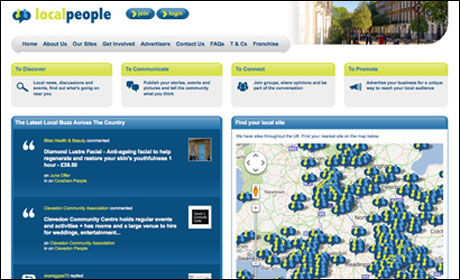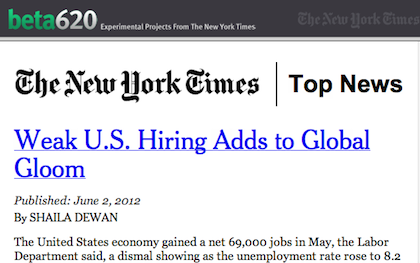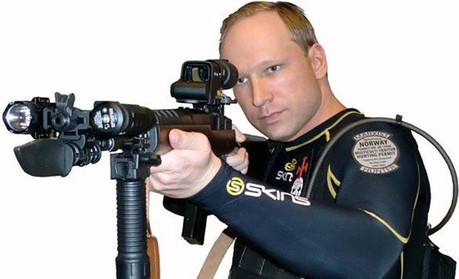Day four of @journalismnews owner @johncthompson‘s epic 11-day ride from Brighton, UK to Oslo, Norway in aid of @JournoCharity (Journalists’ Charity), @CR_UK (Cancer Research UK) and @GistSupportUK.
Journalists – watch the video and listen to the audio about the great work of the Journalists’ Charity. And learn more about my ride.
I will be braving hills, rain, wind, punctures, sore muscles etc so please make it worth my while by sponsoring me as generously as you can afford.
A few tweets from today:
Day four #newscycle – heading to Arnhem. Cloudy and light rain. Body not feeling rested – will be digging into reserves today…
— John Thompson (@johncthompson) June 11, 2012
Farewell Belgium, hello Netherlands #newscycle
— John Thompson (@johncthompson) June 11, 2012
;
#newscycle day 4 Rijkevorsel-Arnhem 79.17 miles completed in 7hrs 26m. Crossed many bridges, arrived in a thunderstorm uk.virginmoneygiving.com/fundraiser-web…
— John Thompson (@johncthompson) June 11, 2012
View from my room (my B&B is a boat) #newscycle twitter.com/johncthompson/…
— John Thompson (@johncthompson) June 11, 2012
;
Today’s ride covers 77 miles with 487 feet of climbs. Here are live updates:
Here is a video from day four.
Wildlife spotted today: Belgian hare, jay, buzzard, red squirrel, llama, alpaca, wallaby, heron and a fox.
Increasingly being taunted by a ‘virtual partner’ on the Garmin Edge gps navigation device. Trying to ignore (didn’t get to that bit in the manual) but he keeps showing up on my map. Hangs with me for a bit then speeds off as soon as I hesitate at a junction. Then announces arrival at my destination ahead of me with great fanfare, telling me just how much longer it’s going to take me, THE LOSER.
I’m going to let his virtual tyres down tonight.
Travelling light
Means no electric shaver. So shaving with a disposable triple GT turbo, go faster striped I’m really macho razor and shaving oil.
It’s excruciating.
Then I have to apply sun cream which stings like acid.
Did I mention merino wool? It’s amazing. Wicks moisture very well, keeps you both cool and warm as you need, and is naturally antiseptic so it kills the bacteria that makes your clothes smell after exercise.
I have vests, tops and socks made of merino.
But only so many and there’s probably a limit to the number of times I can re-wear.
Which means hand washing and drying by any means possible looms. Hot towel rails not so common so far. Hair driers? Hoist up a pole attached to the rear of the bike?
Bad news
My brother texted today. He has GIST cancer which has spread to his liver. The radioblation (targeted microwaves) the surgeons tried a few months ago on his biggest liver tumour has failed. And now there are new, growing ones. Doctors do not want to try the procedure again.
If I had sails, they would be very much sans wind now…




